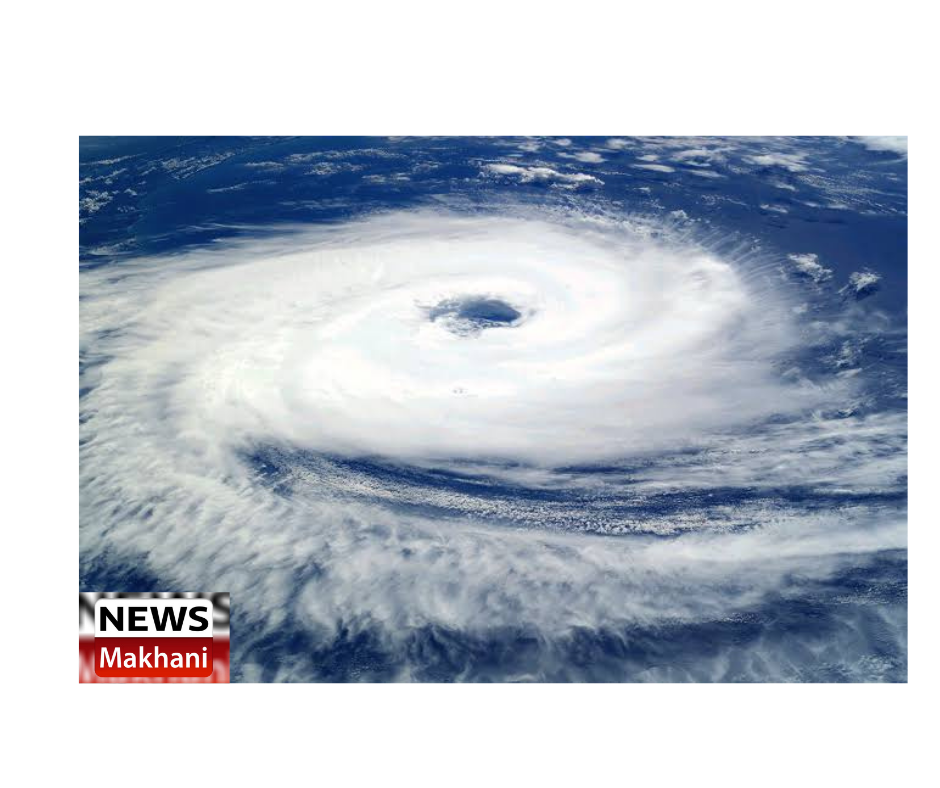Study of Cyclones
March 15th
The details of the number of cyclones took place in the country and the corresponding number of human lives lost due to cyclones and associated floods during the last 5 years are given in the following table. The number of deaths presented is with respect to media reports.
| Year | Total number of cyclones formed over the Bay of Bengal & Arabian Sea | Number of Cyclones which made landfall over the Indian coast | Number of deaths reported |
| 2020 | 05 | 04 | 113 |
| 2019 | 08 | 02 | 105 |
| 2018 | 07 | 03 | 131 |
| 2017 | 03 | 00 | * |
| 2016 | 04 | 01 | 06 |
The very Severe Cyclone ‘Ockhi’, though did not cross the coast, had claimed the lives of more than 200 Fishermen out in the Sea. There are several scientific investigations carried out related to the frequency and impacts of Cyclones over the Indian region. The outcome is summarised below-
Studies show a decreasing trend in the frequency of formation of Cyclonic Storms over the Bay of Bengal and an increasing trend over the Arabian Sea, based on the data during 1965- 2020. Also the coastal vulnerability to the categories of Extremely Severe Cyclones’ or more continues over the Bay of Bengal region, as there is no significant trend in the frequency of Extremely Severe Cyclonic Storms. Also the increase in frequency over the Arabian Sea has not posed a corresponding increase in the coastal vulnerability along the west coast since most of such Cyclones forming over the Arabian Sea are making landfall over the coasts of Oman, Yemen etc and the threat to Gujarat and Maharashtra coasts remains the same. On an average, out of 5 Cyclones developing over the North Indian Ocean comprising Bay of Bengal and Arabian Sea, about 3 to 4 of them make landfall lead to loss of life and property. Low lying coastal belts of West Bengal, Odisha, Andhra Pradesh and Tamil Nadu and Puducherry are more prone to the impact of these systems. The number of deaths due to cyclones has decreased significantly, as a result of the improvement in the early warning skill by the India Meteorological Department (IMD) under the Ministry of Earth Sciences (MoES) and effective mitigation measures and response actions by National Disaster Management Authority (NDMA) and Ministry of Home Affairs (MHA). Still there is huge amount of loss to property. It may be noted that, greater vulnerability to tropical cyclone damage all over the world is mainly due to socioeconomic and demographic factors. Improvements in warning systems and preparedness in disaster management remain critical to mitigate the loss of lives and, to some extent, loss of property. Some of the studies have stressed on the importance of landuse planning, development of coastal districts and insurance measures, in addition to development of a vigilant disaster management system.Based on the Global best practices, the risk management of the Cyclones depends on several factors including (i) hazard & vulnerability analysis, (ii) preparedness & planning, (iii) early warning services and (iv) prevention and mitigation.The ‘early warning’ is a major component related to MoES/IMD targeting improved skill in monitoring and prediction and effective warning products generation. It is important to continuously upgrade all the components of early warning based on latest technology for effective management of Tropical Cyclones. IMD has taken a number of steps in recent years to continuously enhance the capabilities in monitoring, numerical modeling and forecasting of the hazards associated with cyclones. Thus IMD has demonstrated its capability to provide early warning for Cyclones with high precision. Also the Government of India has initiated the National Cyclone Risk Mitigation Project with a view to check cyclone risks in the country. The overall aim of the Project is to undertake suitable structural and non-structural steps to mitigate the effects of cyclones in the coastal states and UTs of India. NDMA under the aegis of Ministry of Home Affairs (MHA) is implementing the Project in coordination with participating State Governments and the National Institute for Disaster Management (NIDM).The Project has identified 13 cyclone prone States and Union Territories (UTs), with varying levels of vulnerability.The main aim of the NCRMP is to reduce vulnerability of coastal communities to cyclone and other hydro meteorological hazards through;
- Improved early warning dissemination systems
- Enhanced capacity of local communities to respond to disasters
- Improved access to emergency shelter, evacuation, and protection against wind storms, flooding and storm surge in high areas
- Strengthening DRM capacity at central, state and local levels in order to enable mainstreaming of risk mitigation measures into the overall development agenda
This information was informed by Dr. Harsh Vardhan, Union Minister for Science and Technology, Earth Sciences and Health and Family Welfare in a written reply in Lok Sabha on March 12, 2021.

 हिंदी
हिंदी






